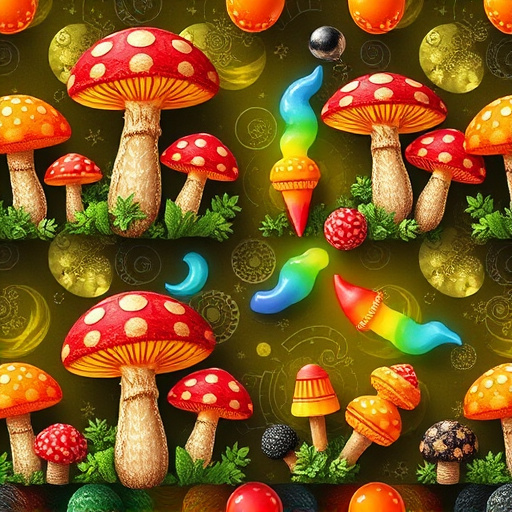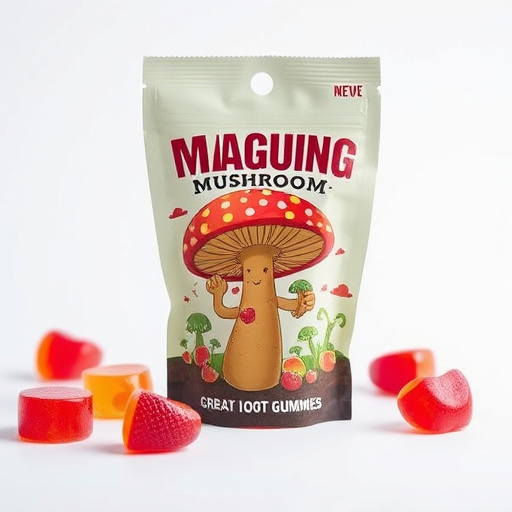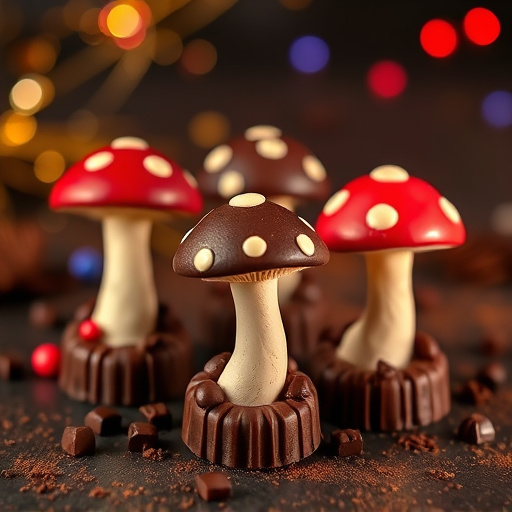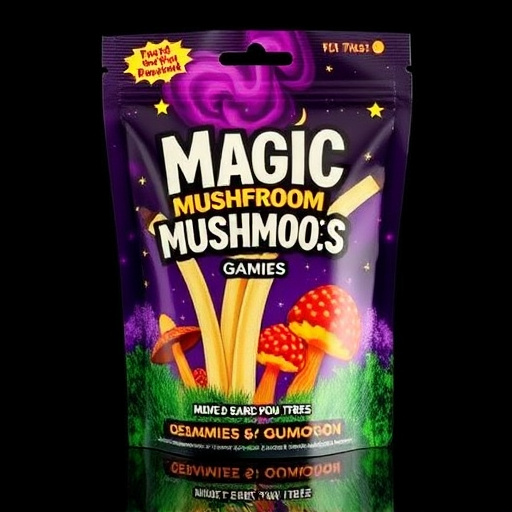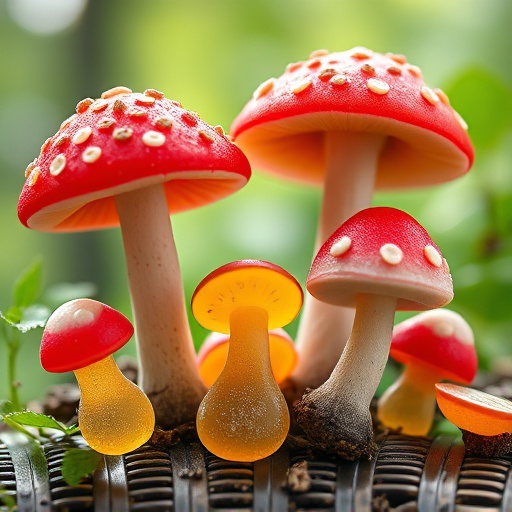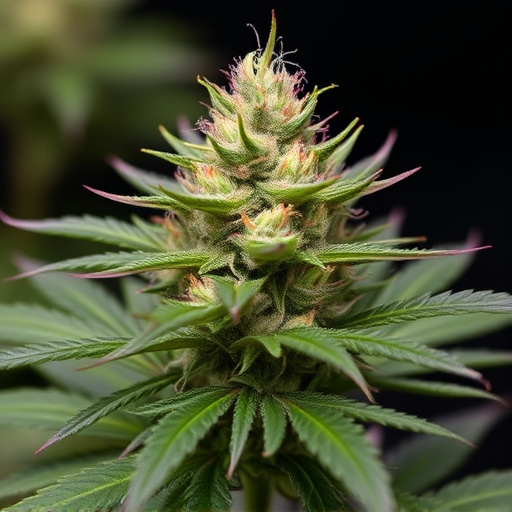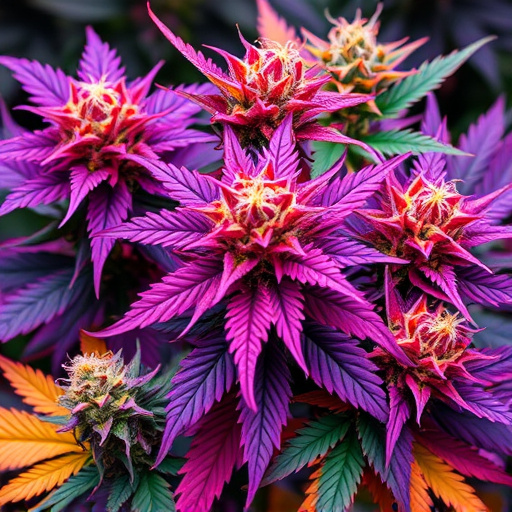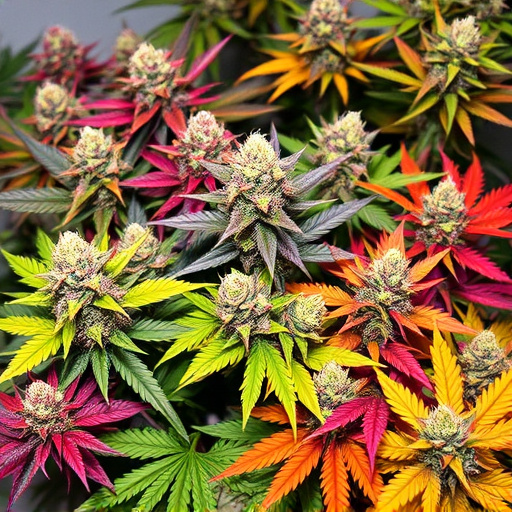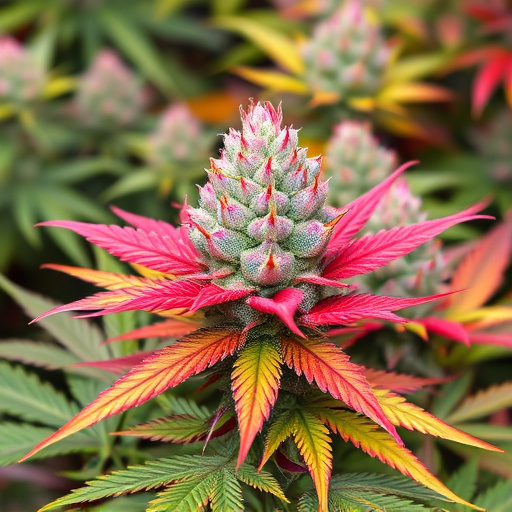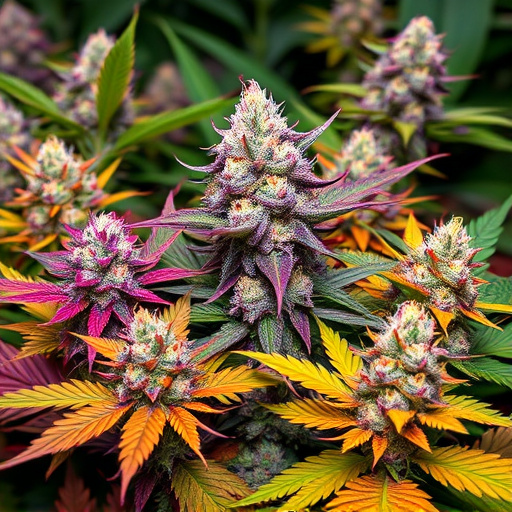Discovering colorful marijuana strains offers more than just visual pleasure; it's a gateway to diverse experiences. These strains, rich in cannabinoids and terpenes, get their vibrant hues from pigments like anthocyanins, which have therapeutic benefits. Environmental factors control pigment synthesis, creating a spectrum of colors that cater to users' preferences, from relaxation to creativity. Exploring these colorful marijuana strains allows for personalized cannabis journeys based on desired effects and sensory delights.
Dive into the captivating world of cannabis with our comprehensive guide to understanding the basics of the cannabis flower. From the scientific reasoning behind its vibrant colors to exploring popular strains and their unique effects, this article is your key to navigating the diverse landscape of colorful marijuana strains. Uncover the secrets that make each variety a true testament to nature’s creativity.
- What is Cannabis Flower?
- The Science Behind Colorful Marijuana Strains
- Exploring Popular Colorful Strains and Their Effects
What is Cannabis Flower?
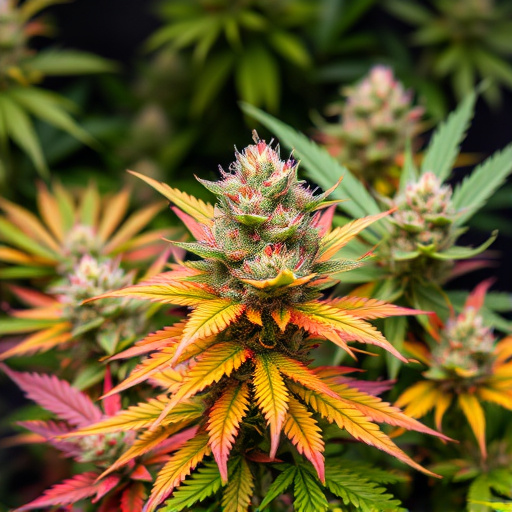
Cannabis Flower, often referred to as marijuana or pot, is the feminine flowering top of the cannabis plant (Cannabis sativa). It’s the part that contains the most concentrated amounts of cannabinoids like THC and CBD, making it the primary source for consumption. The plant itself can vary greatly in height, growth pattern, and appearance, but what truly sets it apart are its colorful strains. These colorful marijuana strains aren’t just visually appealing; they offer distinct experiences due to their unique cannabinoid profiles and terpene combinations.
Each cannabis flower is a miniature ecosystem, with intricate flavors and effects that cater to diverse user preferences. The vibrant colors—ranging from deep greens to bright purples and even striated patterns—are not merely cosmetic. They can indicate the strain’s genetics, growth conditions, and specific cannabinoid and terpene makeup. Whether you’re drawn to relaxing indicas known for their sedating effects or energizing sativas that stimulate creativity, exploring colorful marijuana strains offers a gateway into a world of sensory delights and therapeutic potential.
The Science Behind Colorful Marijuana Strains
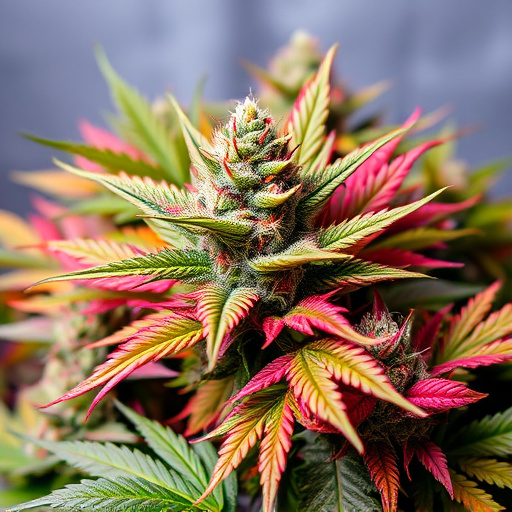
The vibrant colors of cannabis flowers, from deep purples to vivid greens and even bright oranges, aren’t mere aesthetic delights; they’re a window into the complex science behind these plants. These colors are produced by a variety of compounds known as pigments, many of which have therapeutic properties. Cannabinoids like THC and CBD don’t directly contribute to the flowering process or color development, but other chemical compounds do. For instance, anthocyanins, a type of flavonoid pigment, play a significant role in giving cannabis its colorful hues. These pigments not only make strains visually appealing but also act as antioxidants in the body, contributing to potential therapeutic benefits.
The environment in which cannabis plants grow can significantly influence their color profile. Factors like sunlight exposure, temperature, and nutrient levels can all affect the synthesis of these pigments. Growers often manipulate these conditions to encourage the production of specific colors, creating what we know as the diverse range of colorful marijuana strains available today. This interplay between botany and environmental conditions results in a stunning array of colors that not only capture our attention but also offer potential medicinal advantages.
Exploring Popular Colorful Strains and Their Effects
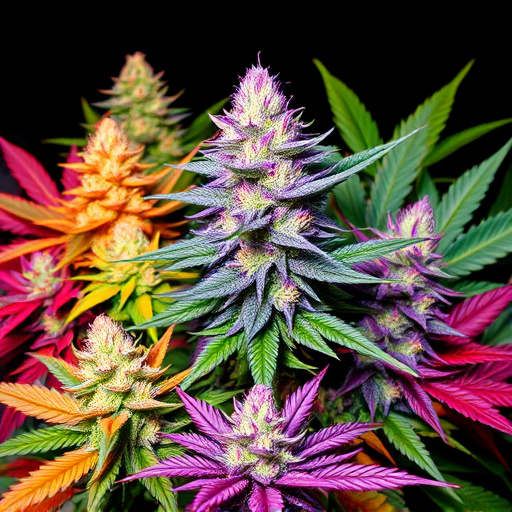
Cannabis enthusiasts often marvel at the vibrant and diverse array of colors that adorn the flowers of different strains. These visually striking varieties, known for their colorful marijuana strains, offer more than just aesthetic appeal; they can also deliver unique sensory experiences and potential therapeutic benefits. From rich indigos to eye-popping yellows, each color seems to promise a distinct journey.
For instance, blue or purple strains are celebrated for their potent effects, often inducing profound relaxation and vivid mental clarity. These colors are believed to be indicative of higher cannabinoid concentrations, particularly THC. On the other hand, reddish or orange strains may offer more energizing and uplifting experiences, making them popular choices for daytime use. Exploring these colorful marijuana strains allows users to personalize their cannabis journey, tailoring it to their desired effects and sensory preferences.
Cannabis flower, with its diverse colorful strains, offers a fascinating journey into the plant’s genetic makeup and its impact on users. Understanding the science behind these vibrant hues reveals a complex interplay of cannabinoids and terpenes, contributing to the unique effects felt by consumers. By exploring popular colorful strains, we uncover a range of experiences, from uplifting and energetic to relaxing and soothing, catering to various preferences and needs. The world of colorful marijuana strains continues to captivate and offer therapeutic potential, making it an exciting area of study for both scientists and enthusiasts alike.

